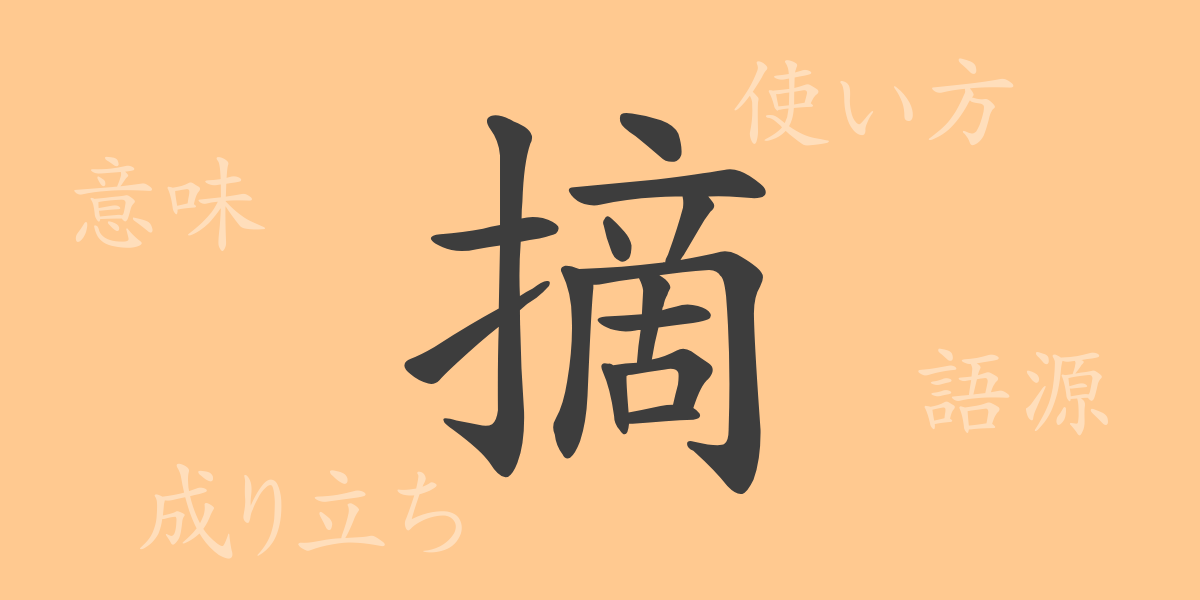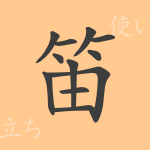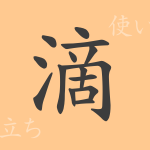Kanji is an essential element of Japanese culture, and ‘摘(テキ)’ is one of the commonly used Kanji deeply rooted in everyday life. This article delves into the origins, meaning, usage, and pronunciation of ‘摘’, as well as phrases and proverbs related to it, uncovering the hidden history and significance of this character.
Origins of ‘摘(テキ)’
The Kanji ‘摘’ is composed of ‘扌'(てへん), symbolizing the hand, and ‘啇’, indicating sound, reflecting ancient China’s depiction of plucking with the hand. It was originally used to describe picking leaves or flowers by hand, evolving over time to include abstract meanings.
Meaning and Usage of ‘摘(テキ)’
‘摘’ generally means to ‘pinch’ or ‘pluck’. Beyond these, it is used in terms like ‘摘出(てきしゅつ)’ meaning ‘to remove’, and ‘摘発(てきはつ)’, which means to ‘expose’ or ‘bring to light’. The verb ‘摘む(つまむ)’ conveys the elegant action of selecting flowers or leaves, often used in poetry to express atmosphere.
Readings, Stroke Count, and Radical of ‘摘(テキ)’
‘摘’ is a Kanji taught in elementary school in Japan, with its readings and elements as follows:
- Readings: On’yomi ‘テキ’, Kun’yomi ‘つまむ’, ‘つむ’.
- Stroke Count: 14 strokes.
- Radical: ‘扌'(てへん).
Phrases, Idioms, and Proverbs Using ‘摘(テキ)’
Phrases and idioms containing ‘摘’ have profound meanings. For example, ‘摘発(てきはつ)’ refers to uncovering crimes, while ‘摘出(てきしゅつ)’ relates to surgical removal of a lesion. Another idiom, ‘一花摘む(いっかつむ)’, means to achieve noticeable success temporarily in competitions. These expressions showcase the richness of Japanese language.
Conclusion on ‘摘(テキ)’
The Kanji ‘摘’ symbolizes the action of plucking with the hand, a simple yet potent character. It enriches the Japanese language through its diverse meanings in commonly used phrases and idioms. This exploration of ‘摘’ helps us appreciate the depth of its meanings and the richness of the expressions it forms part of. Understanding such characters deepens our grasp of the Japanese language.

























